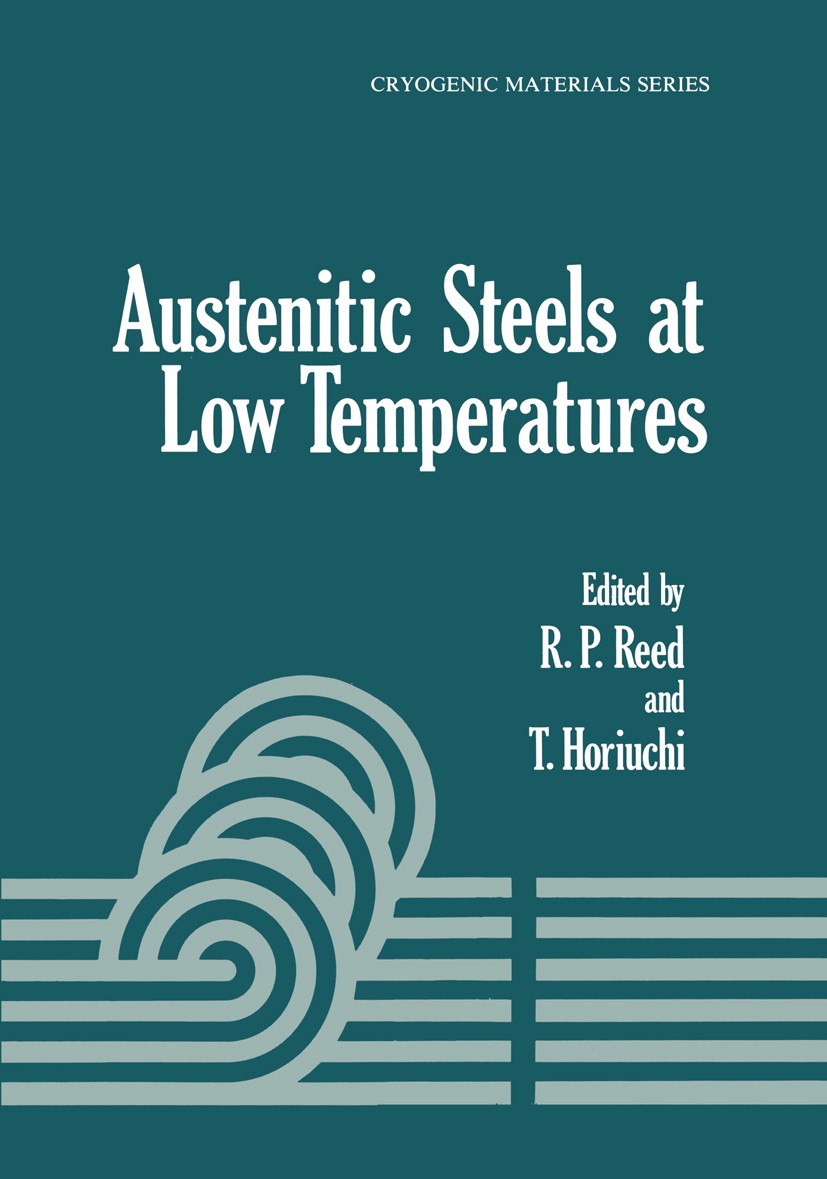| 期刊全称 | Austenitic Steels at Low Temperatures | | 影响因子2023 | R. P. Reed,T. Horiuchi | | 视频video | http://file.papertrans.cn/166/165824/165824.mp4 | | 学科分类 | Cryogenic Materials Series | | 图书封面 |  | | 影响因子 | The need for alternate energy sources has led to the develop ment of prototype fusion and MHD reactors. Both possible energy systems in current designs usually require the use of magnetic fields for plasma confinement and concentration. For the creation and maintenance of large 5 to 15 tesla magnetic fields, supercon ducting magnets appear more economical. But the high magnetic fields create large forces, and the complexities of the conceptual reactors create severe space restrictions. The combination of re quirements, plus the desire to keep construction costs at a mini mum, has created a need for stronger structural alloys for service at liquid helium temperature (4 K). The complexity of the required structures requires that these alloys be weldable. Furthermore, since the plasma is influenced by magnetic fields and since magnet ic forces from the use of ferromagnetic materials in many configur ations may be additive, the best structural alloy for most applica tions should be nonmagnetic. These requirements have led to consideration of higher strength austenitic steels. Strength increases at low temperatures are achieved by the addition of nitrogen. The stability of the au | | Pindex | Book 1983 |
The information of publication is updating

|
|
 |Archiver|手机版|小黑屋|
派博传思国际
( 京公网安备110108008328)
GMT+8, 2025-11-13 04:08
|Archiver|手机版|小黑屋|
派博传思国际
( 京公网安备110108008328)
GMT+8, 2025-11-13 04:08


